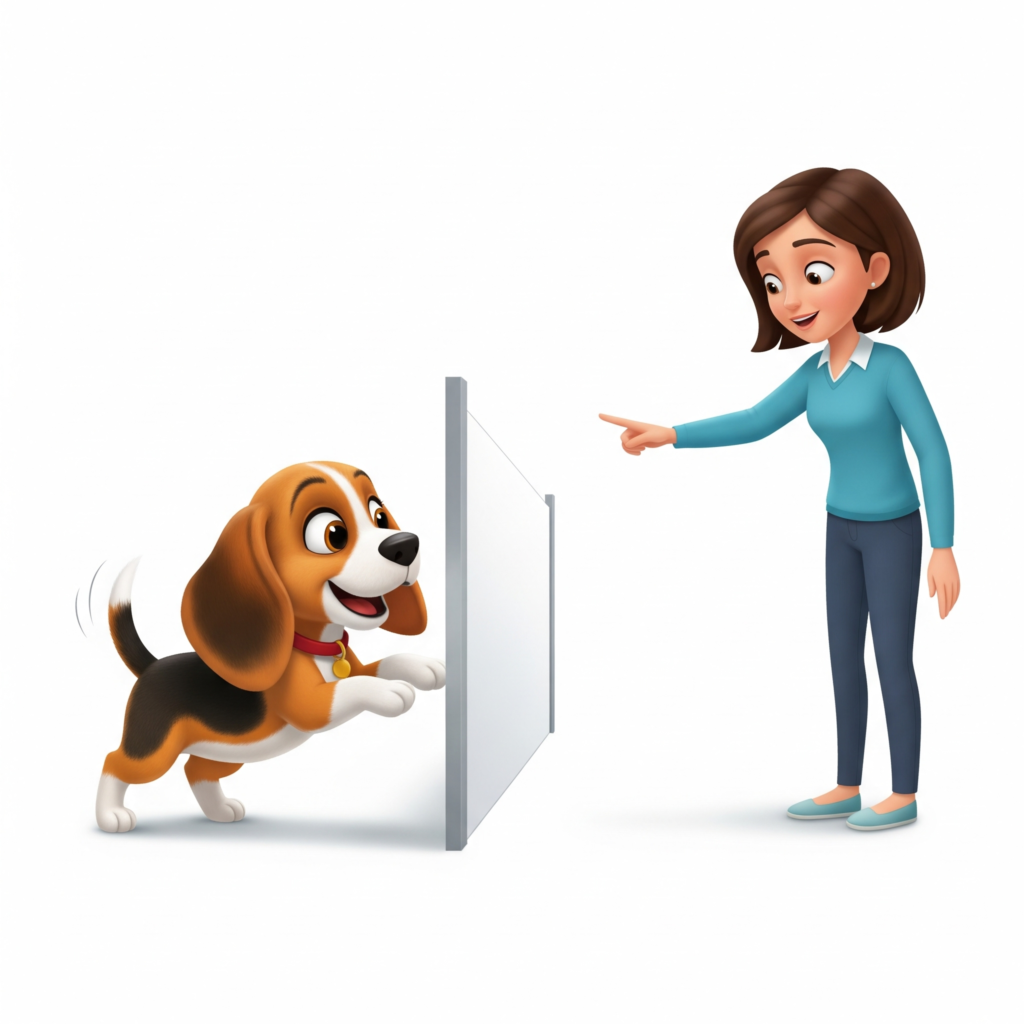
Bringing a new puppy home is an exciting time filled with cuddles, play, and learning. One of the most important parts of raising a well-behaved dog is setting boundaries early—but it’s equally important to do it in a way that builds trust, not fear. Clear, gentle boundaries help your puppy feel safe and understand what’s expected of them as they grow into your household.
Start with Structure and Consistency
Puppies thrive on routine. When you introduce structure to their day, like set times for meals, potty breaks, and rest, you’re already beginning to set boundaries. For example, feeding your puppy at the same time every day reinforces when to expect food and helps regulate behavior around mealtimes. Similarly, a consistent potty schedule helps your puppy learn where and when to go, reducing accidents and anxiety.
Use Positive Reinforcement Over Punishment
Boundaries should never be about scaring your puppy into obedience. Instead of scolding or using harsh tones, guide your puppy toward the right choices by rewarding good behavior. If your puppy stops chewing on a shoe when redirected to a toy, reward them with praise or a small treat. This builds a connection between following boundaries and feeling safe and successful.
Introduce Simple Rules Gently
Start with small, manageable boundaries. For example, teach your puppy not to jump on the couch by redirecting them to their bed each time. Stay calm, use the same phrase like “off” or “not now,” and reward them for staying in their space. Keep your body language relaxed and your voice kind but clear. This approach teaches your puppy that rules exist, but they’re not scary or confusing.
Create Puppy-Only Spaces
Give your puppy a dedicated space like a playpen, crate, or small gated area. This becomes a comfort zone where your puppy can rest, play safely, and learn independence. Having their own space helps teach boundaries around areas of the house they shouldn’t access yet. It also gives them a sense of control and reduces overstimulation from a busy environment.
Avoid Mixed Signals
If your puppy is allowed to jump on the couch one day but scolded for it the next, they’ll quickly become confused. Make sure everyone in the household agrees on the same rules and follows them consistently. Clear boundaries become easier for your puppy to respect when they are reinforced the same way every time.
Recognize Their Development Stage
Young puppies are like toddlers—curious and learning everything for the first time. Be patient with mistakes and remember that attention spans are short. If your puppy repeatedly breaks a boundary, it may be a sign that they need more guidance or that the boundary isn’t clear enough yet. Adjust gently and keep the focus on support rather than control.
Use Calm Corrections
When your puppy crosses a boundary, use calm redirection instead of sharp corrections. For example, if they start chewing on furniture, gently say “no” and offer a chew toy instead. Stay emotionally neutral—this helps your puppy understand the rule without feeling scared or anxious.
Help Them Succeed
Make it easy for your puppy to stay within boundaries. Puppy-proof your home, keep tempting items out of reach, and provide plenty of appropriate toys and positive outlets. Celebrate when your puppy makes good choices and stay patient when they test limits.
Final Thoughts
Setting boundaries early is one of the most loving things you can do for your puppy. It creates structure, safety, and a clear sense of belonging. By staying gentle, consistent, and encouraging, you’ll raise a confident, well-adjusted dog who understands the rules and trusts you completely. PetsDogPuppy
